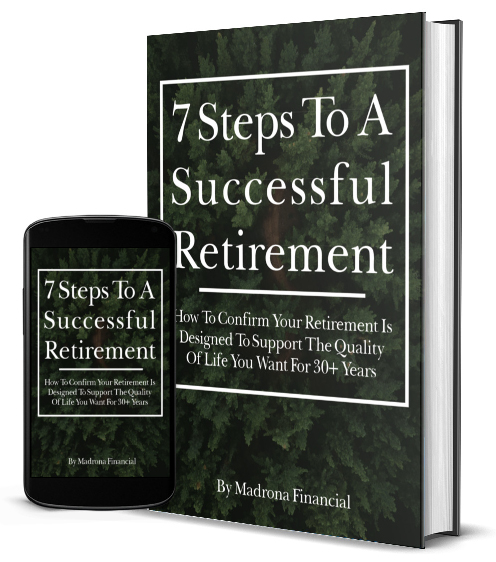
You’ve worked hard your entire career to set yourself up for an enjoyable life in retirement, but did you take into account the different types of risk when preparing your retirement plan? Nowadays, it’s a lot more common for people to live well into their nineties and even surpass the century mark. While it’s great that Americans are living a longer life, it can end up being detrimental to your savings and estate if you’re not fully prepared. And, you also have to expect the unexpected things in life like an untimely death or illness, a stock market decline, inflation, or a rise in interest rates that can also throw your plan off-track. Here are 3 types of risk you’ll want to consider when preparing your retirement plan for the future.
#1 – Complacency Risk
If you’re someone with the “set it and forget it” or “go with the flow” type of mindset, then your retirement plan may be exposed to complacency risk. Does your savings rate still match your budget and risk tolerance level from when you were in your thirties? Have you kept your 401(k) plan at the default savings rate since its inception? You probably weren’t too concerned as your retirement account balance was enjoying the double-digit market returns of late, which is why you likely haven’t checked-up on things recently. However, this may have lead you into a false sense of security that you are on-track to reach your goals in retirement. So, when was the last time you had a review of your current financial situation? This is perhaps the best way to protect yourself and your retirement plan against the complacency risk. If it’s been awhile since your last review, then CLICK HERE to request your complimentary, no obligation financial review and we’ll help you evaluate your current situation to see if your strategy aligns with your risk tolerance level and is on-track to help you achieve your retirement goals.
#2 – Emotional Risk
With the recent roller coaster on Wall Street, it’s important to make yourself aware of the potential emotional risks that exist within your retirement plan. In order to stay the course and reach your retirement goals, you must remove emotional and cognitive biases from your decision making. Don’t invest using your emotions. This is easier said than done because unfortunately, when the market goes way up, people tend to follow the herd, get greedy, and buy more. That’s why it’s best practice to try and leave your emotions out of the investing process. A quality decision making process regarding investments allows us to ensure that we aren’t ignoring or misinterpreting probabilities, making up patterns that actually don’t exist, or making poor investment decisions based on emotions. We can help take the guess work and emotion out of investing by working with you to create your financial plan, taking into account your personal goals and what matters most to you in retirement.
#3 – Longevity Risk
One of the biggest dangers in your retirement planning process is underestimating how long you might live because you might spend down your nest egg too quickly and end up outliving your savings. Ultimately, your retirement should be the greatest vacation of your life, but it requires a plan to ensure that your savings can carry you for the rest of your life. The right plan takes into account when you want to start, what lifestyle you expect, what protection you have in place if you get sick, what you hope to accomplish, and how much time you want to spend with your grandkids and loved ones. So, make sure you’re fully aware of these potential risks when planning for, and when updating your retirement strategy.

